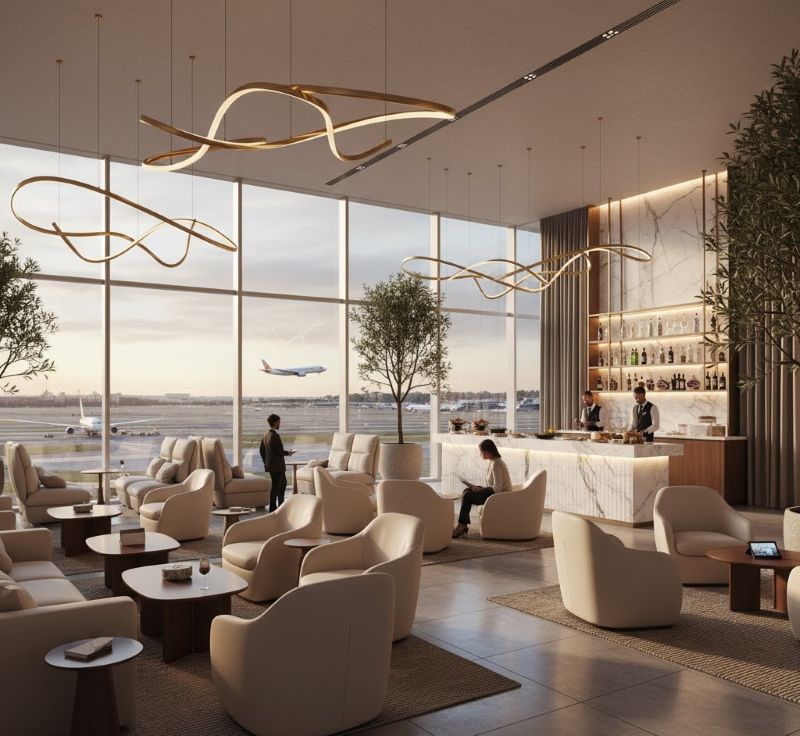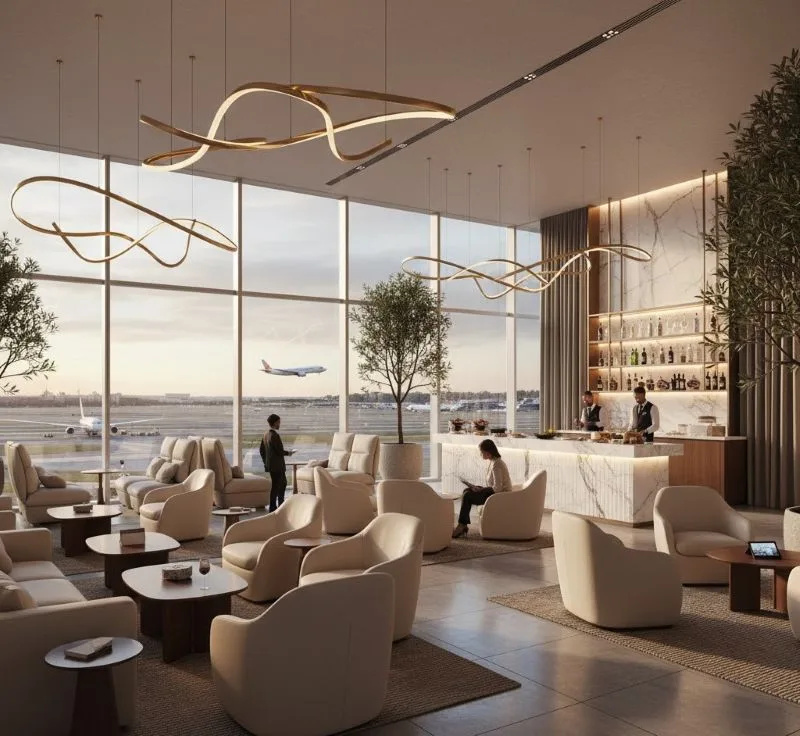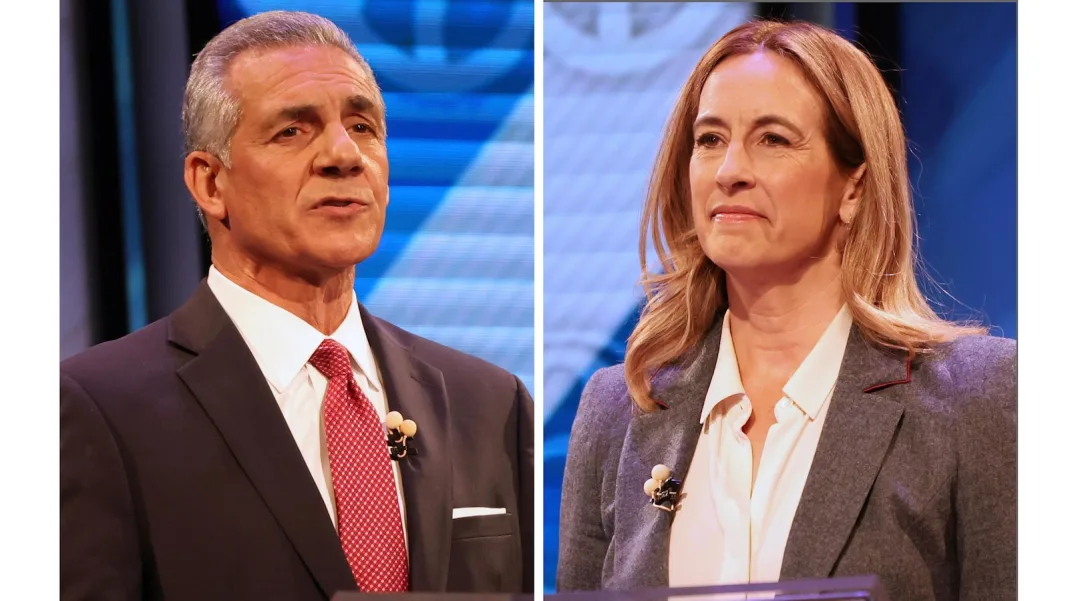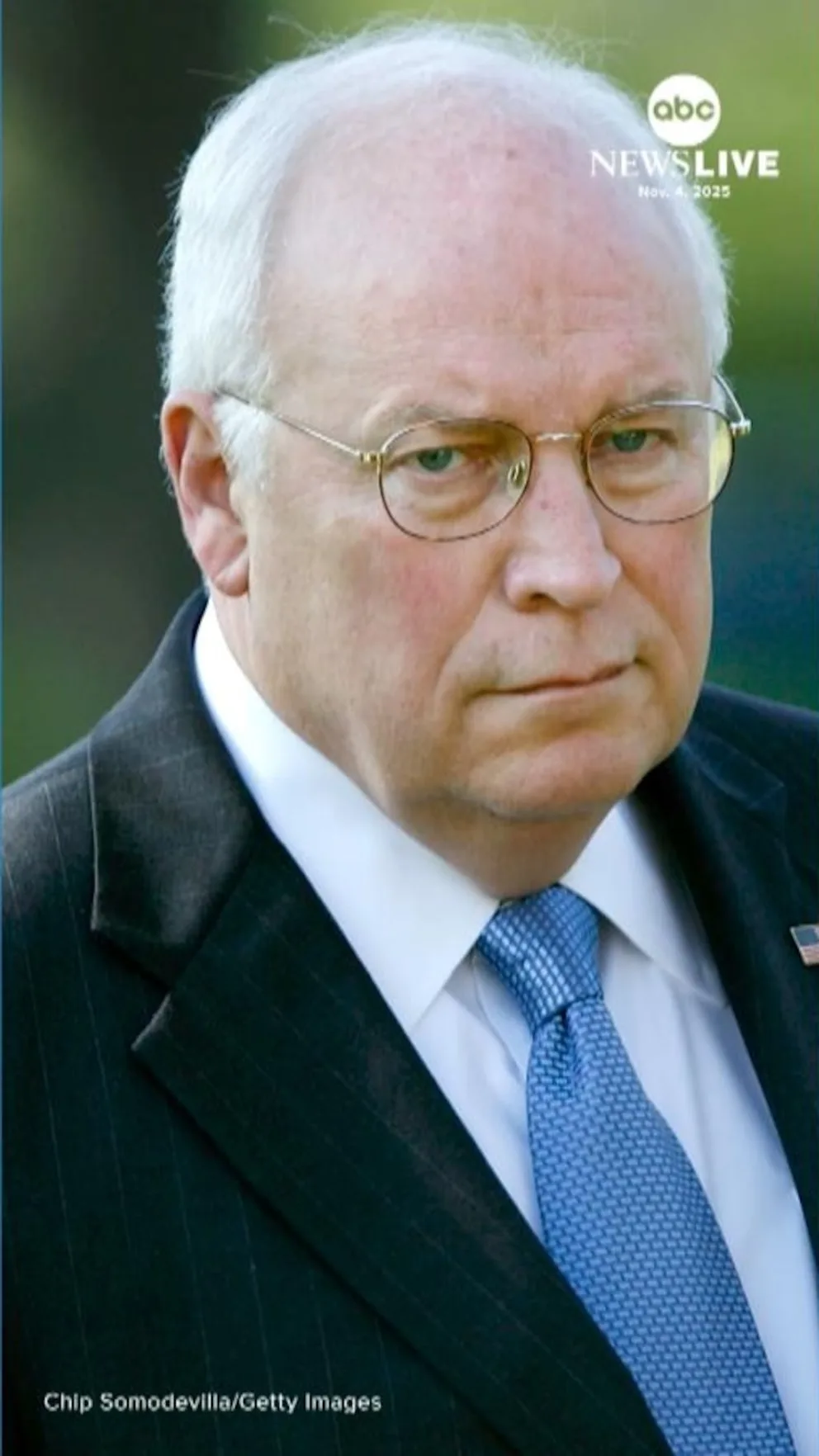Published on
November 4, 2025

In the evolving landscape of global travel, the growing influence of business class air travel has been seen as a defining movement that reimagines how humanity connects across continents. The world of luxury mobility has entered an era where comfort, innovation, and precision merge to craft experiences that feel both sophisticated and human. Observers have noted that this evolution reflects more than design—it symbolizes how people today value serenity, personal space, and purposeful time in motion.
It was believed that future cabins would soon feature AI-driven personalization, eco-conscious materials, and smart wellness systems able to adjust to each traveler’s biological rhythms. Industry insiders predicted that luxury travel would no longer be a rare indulgence but the universal benchmark for comfort. As this transformation unfolds, Doha, Singapore, and London continue to be highlighted as key hubs where the blueprint of tomorrow’s air experience is already taking shape.
Experts viewed this progression as a cultural statement: that the sky itself has become humanity’s most elegant arena of innovation. The message seemed clear—the horizon of travel luxury was expanding, and the journey itself was becoming the destination.
How Business Class Travel Shapes the Global Tourism Economy
Analysts around the world have remarked that the expansion of luxury air travel is influencing not only passenger expectations but also the global tourism economy. The movement has been described as both an economic driver and a catalyst of design transformation that transcends industries.
They have pointed out several major trends reshaping the international landscape:
- Rising premium travel demand, where affluent passengers contribute significantly to tourism spending across multiple continents.
- Modernized airport infrastructure, featuring VIP corridors, exclusive lounges, and wellness spaces designed for the modern luxury traveler.
- Destination growth, as cities like London, Doha, and Singapore attract more global visitors due to improved connectivity and premium flight experiences.
- Design crossovers, with the comfort standards of business class influencing luxury hotels, railways, and cruise lines.
These changes, it was said, have created a ripple effect—fueling new investments, redefining cultural standards of travel, and inspiring tourism professionals to rethink how service, architecture, and experience coexist.
Economists observed that this evolution was redefining what travelers considered essential. No longer was the goal simply to reach a destination—it was about feeling valued, refreshed, and inspired throughout the journey. Luxury travel, once limited to a niche audience, had become a global aspiration, shaping how nations viewed connectivity and mobility as economic assets.
What Defines the Best Business Class in the World
Across continents, discussions about what truly defines the best business class in the world often centered on a balance of design excellence, technological intelligence, and human warmth. Observers suggested that the ultimate measure of premium travel lay not in opulence alone, but in how seamlessly comfort and emotion merged within the flying experience.
Travel experts explained that routes such as London to Singapore or Doha to New York demonstrated how air travel could evolve into an art form. Passengers now expected private suites, lie-flat beds, and luxury bedding, not as indulgences but as essentials. The lighting systems in many cabins were said to mimic natural daylight, while noise-controlled environments allowed travelers to work, sleep, or relax in peace.
Yet, amid the technology, what truly set these experiences apart was the human connection. Personalized greetings, thoughtful gestures, and genuine care elevated the entire journey from transactional to emotional. Those who studied the industry suggested that luxury in the sky was being redefined through empathy, attention, and emotional intelligence.
The ripple effect of these developments, it was noted, extended well beyond the cabin. Airports, luxury hotels, and even tourism training institutions began integrating similar principles of serenity and precision into their design philosophies. Thus, the business class revolution became a framework for how modern hospitality might look and feel in every sector of travel.
Global Business Class Experiences – The Height of Travel Excellence
Each year, the global travel community watched as leading carriers set new benchmarks for business class excellence. The focus was increasingly shifting toward creating journeys that felt intimate, customized, and effortlessly elegant from check-in to landing.
Specialists observed that Doha’s private cabins, Singapore’s expansive suites, and Istanbul’s gourmet offerings had turned into symbolic examples of the future of air travel. The competition among these luxury standards inspired airlines worldwide to elevate the in-flight experience beyond traditional expectations.
Reports emphasized how this global race for refinement inspired advances such as personalized digital interfaces, soundproof environments, and tailored dining experiences. It was said that these innovations didn’t merely raise comfort—they reshaped travelers’ emotional connection to flight itself.
As more airlines adopted these elevated models, business class travel ceased to be an exclusive luxury. Instead, it evolved into a new standard of global aspiration, redefining what modern passengers perceived as quality travel. The travel industry began to note that this shift was blurring the line between necessity and indulgence—comfort had become the defining expectation.
The Best Business Class Seat – Redefining Comfort at 35,000 Feet
Industry designers often explained that the true foundation of any premium journey lay in the business class seat—the ultimate symbol of airborne innovation. They viewed it not simply as a chair, but as an ecosystem of technology, ergonomics, and artistry crafted to enhance the body’s natural rhythms during flight.
Various configurations were designed to meet individual needs:
- Reverse Herringbone layouts provided personal privacy and direct aisle access.
- Staggered seat patterns optimized space efficiency while maintaining luxury.
- Convertible double beds allowed couples or long-distance travelers to rest together comfortably.
- Next-generation designs emphasized wider shoulder room, expanded leg space, and sound isolation.
Experts noted that these innovations reflected a larger cultural trend: the fusion of luxury and function. The seat had evolved into a personal cocoon—part workstation, part living room, part sleeping suite. The advancements made in aviation design, they said, were influencing other forms of luxury transport, including cruise liners and high-speed trains, proving that the principles of air comfort were reshaping mobility on land and sea alike.
Such progress, it was believed, revealed a deeper truth—comfort had become an art form, and air travel was now its greatest expression.
Business Class International Flights – The Art of Elevated Travel
Analysts of global aviation trends often observed that long-haul business class flights had grown into the defining symbol of modern sophistication. These flights represented not only transportation but a curated journey of ease, designed with care at every stage.
The experience was described as one where travelers felt a seamless blend of precision service, aesthetic detail, and technological calm. From priority check-ins to the final descent, every phase aimed to balance efficiency with indulgence.
Modern cabins were built to maintain optimal humidity, air pressure, and noise balance, ensuring passengers arrived feeling refreshed rather than fatigued. Luxury extended beyond the cabin, encompassing exclusive lounges with spa facilities, private bars, and refreshing showers that helped travelers unwind before boarding.
A few of the most valued features included:
- Streamlined boarding with priority security lanes.
- Multi-course gourmet dining inspired by world-class cuisines.
- Extensive digital entertainment collections curated for global audiences.
Analysts emphasized that these developments were transforming not just expectations but the psychology of global travel. Every design choice—from materials to lighting—reflected a growing awareness that well-being was central to modern mobility. It was said that as these standards became universal, international business travel would shape the future of global connectivity and influence tourism trends for years to come.
The New Era of Luxury Travel in Business Class
Observers around the world noted that the rise of business class luxury marked a profound shift in how societies viewed movement, comfort, and prestige. In today’s rapidly evolving travel environment, the best business class in the world had become synonymous with global sophistication and innovation.
They remarked that travelers moving between Doha, London, Singapore, and Istanbul were experiencing an era where flying was no longer a functional necessity but a carefully designed ritual of comfort and self-expression. The luxury journey, they said, no longer began at takeoff—it began the moment travelers arrived at the airport.
Through priority check-ins, personalized service, and tranquil lounges, passengers were immersed in a world of curated serenity. Every gesture—from a friendly greeting to a glass of champagne before boarding—symbolized a philosophy of movement that was as emotional as it was elegant.
Experts believed that as elite travelers continued to seek balance and peace amid global mobility, airlines responded by blending personalization, design precision, and technological excellence to redefine luxury. The shift was not just about comfort—it was about transforming travel into a state of mind.
Across global tourism sectors, the ripple effects of this transformation were becoming evident. Hotels, airports, and even tourism boards were reimagining how they served travelers who valued time, space, and emotion over excess. The new era of air travel was influencing everything from interior design to service training, signaling a worldwide move toward intentional luxury—a kind of sophistication rooted in calm, clarity, and care.
The Journey Beyond the Sky
In a time defined by rapid innovation and refined living, the best business class in the world has emerged as the modern traveler’s ultimate emblem of prestige and serenity. From Doha to London, from Singapore to Istanbul, air travel has been redefined as a realm where comfort, privacy, and style converge in perfect balance. The luxury, as observers described, no longer begins at the runway but at the moment of arrival, with each step—from check-in to landing—crafted to deliver excellence.
Through this evolution, business class travel has reshaped the meaning of global mobility. It has introduced a new rhythm to international journeys—one that values restoration, precision, and human connection as much as innovation. As this transformation continues, experts suggest that it is not only changing the way people travel but also redefining the values of modern tourism, inspiring the next generation of global explorers to see travel not just as movement, but as an experience of purpose and grace.







